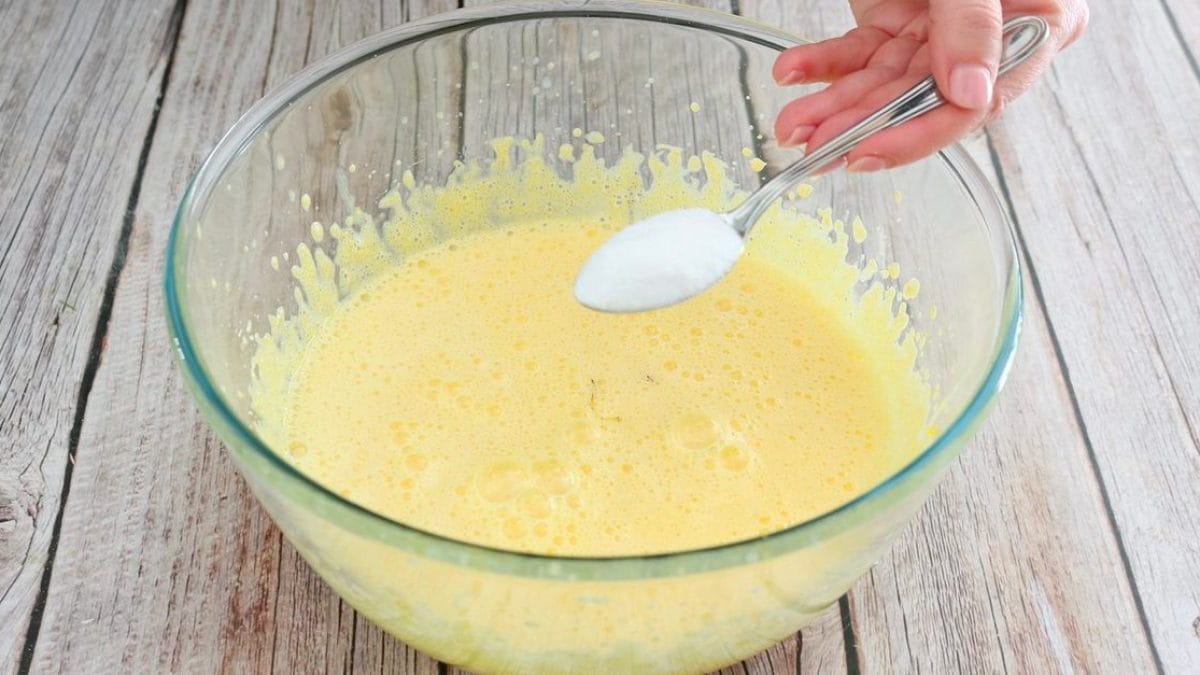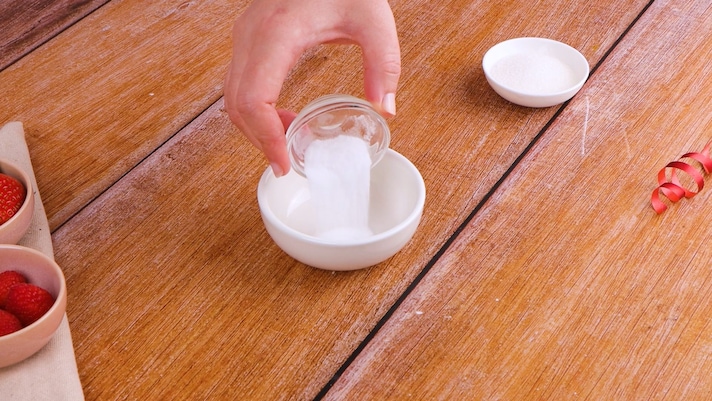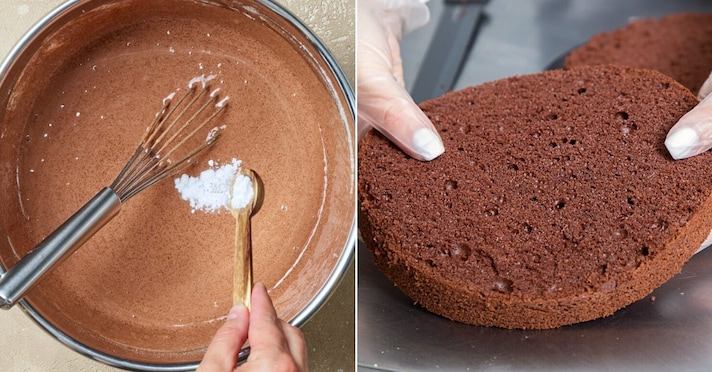
Yeast is a fundamental ingredient in the kitchen, that extra touch that adds softness to cakes, breads, and baked goods, allowing the dough to rise and become incredibly soft. Sometimes you might realize right at the last minute that you don't have any yeast at home, or you can't eat it for health or dietary reasons, but that doesn't mean you have to give up the leavening process entirely. Every ingredient can be substituted in the kitchen, even those that seem impossible to avoid: just like butter, yeast can be replaced with other ingredients that, when combined, produce the desired effect. Let's look at all the ways to replace instant baking powder and brewer's yeast.
How to Replace Instant Yeast
Instant yeast, or baking powder, is the powdered yeast you usually find ready-made in packets, suitable for both sweet and savory recipes. It's a very useful and convenient ingredient, as you simply add it to the dough as is to increase its volume and make your preparations incredibly light. In terms of composition, it's a dry leavening agent composed of a base and an acid that react chemically with heat or water to produce carbon dioxide, thus raising cakes and batters.
To recreate the effect of instant yeast with other ingredients, you must replicate the same principle and combine an acid and a base that, when combined, activate the same process, allowing the dough to rise. One of the most effective combinations is a mix of cream of tartar and baking soda: this compound is known as "baking powder" and has excellent leavening properties; you can use the same amount of yeast as indicated in the original recipe.

As you may already know, baking soda is an excellent ally in the kitchen, both for food and for non-food uses, such as cleaning stovetops. What you may not know is that it's an excellent leavening agent that, combined with other ingredients, will allow you to obtain a perfect substitute for yeast. Specifically, to replace a 16-gram packet of instant yeast, combine it with apple cider vinegar, yogurt, or lemon juice in the following quantities:
- 6 grams of baking soda mixed with the flour + 50 ml of apple cider vinegar to add to the dough
- 6 grams of baking soda mixed with flour + 35 ml of lemon juice
- 6 grams of baking soda mixed with the flour + 70 ml of yogurt to add to the dough
An excellent alternative is food-grade ammonia, a leavening agent used primarily for biscuits, to make them rise in width rather than height. It gives off a faint ammonia smell during baking, but don't worry, as it won't affect the flavor of the final product at all. In this case, you don't need to add anything else; just add 6 grams to the dough, but remember that it's only suitable for sweet recipes.
Other useful combinations based on the ingredients mentioned that can be useful for replacing a 16-gram sachet of instant yeast:
- 4 grams of baking soda + 4 grams of citric acid + 4 grams of cornstarch
- 6 grams of cream of tartar + 4 grams of baking soda + 2 grams of cornstarch
How to Replace Brewer's Yeast
Brewer's yeast (Saccharomyces cerevisiae) is a natural ingredient used since ancient times, primarily for food, and today it is the most widely used product for baking, or baking, bread, pizza, brioche, and similar products. It is usually available in all supermarkets, either fresh (the classic 25grams block) or dried (in 7grams sachets, each corresponding to a cube), making it easy to keep in the pantry even for extended periods.
Replacing it is a little more difficult than instant yeast, but not impossible: the main (and almost only) effective replacement for brewer's yeast is natural yeast, also known as sourdough starter or mother yeast. It is a dough made from water and flour containing a complex of yeasts and bacteria that trigger a fermentation process that leads to the natural leavening of the dough, making the final product easier to digest and more shelf-stable.

If you're using sourdough starter instead of brewer's yeast, or vice versa, the proportions are crucial: the conversion requires some care because you'll also need to remove water and flour from the recipe, as sourdough starter is based on these two ingredients, and therefore you'll end up with excess in the dough. For example, if the recipe calls for 25grams of brewer's yeast, you can replace it with 280grams of sourdough starter, but you'll need to remove 80grams of water and 200grams of flour from the quantities indicated to get back within the proportions.
As an alternative to using sourdough starter, you can use the following compounds as substitutes for brewer's yeast, valid for replacing a cube or a sachet of brewer's yeast, considering the ratio between one cube and one kilogram of flour.
- 3 sachets of instant yeast
- 55 grams of cream of tartar + 25 grams of baking soda + 2 grams of baking ammonia
- 400 grams of li.co.li (liquid baking yeast) eliminating 200 grams of flour and 100 grams of water from the ingredients.
When is It Best to Do It?
Replacing yeast isn't just an emergency solution when you realize you don't have it in your pantry: it can become a conscious choice to achieve specific results. It's recommended, for example, if you suffer from yeast intolerance or if you're following a diet that limits its use, but also when you want to lighten a recipe or improve its digestibility. Some substitutes, such as baking soda combined with acidic ingredients, act more quickly than traditional yeast, reducing or eliminating waiting times: ideal for last-minute recipes like quick cakes, pancakes, or focaccias that need to be baked immediately. Others, such as sourdough starter, offer a slower and more complex fermentation, which enriches the flavor and extends the shelf life of bread and cakes.
It can also be useful to substitute yeast based on the season and environmental conditions: on very hot days, for example, doughs with brewer's yeast tend to rise too quickly and lose structure, while with some substitutes the process is more stable and predictable. Finally, it's a strategic choice when you want to modify the texture of the finished product: food-grade ammonia, for example, makes cookies crispier and more crumbly, while using baking soda and yogurt adds softness without developing overly intense flavors. In short, choosing the right substitute allows you not only to save a recipe, but also to adapt it to your tastes, dietary needs, and the time you have available.
;Resize,width=767;)
